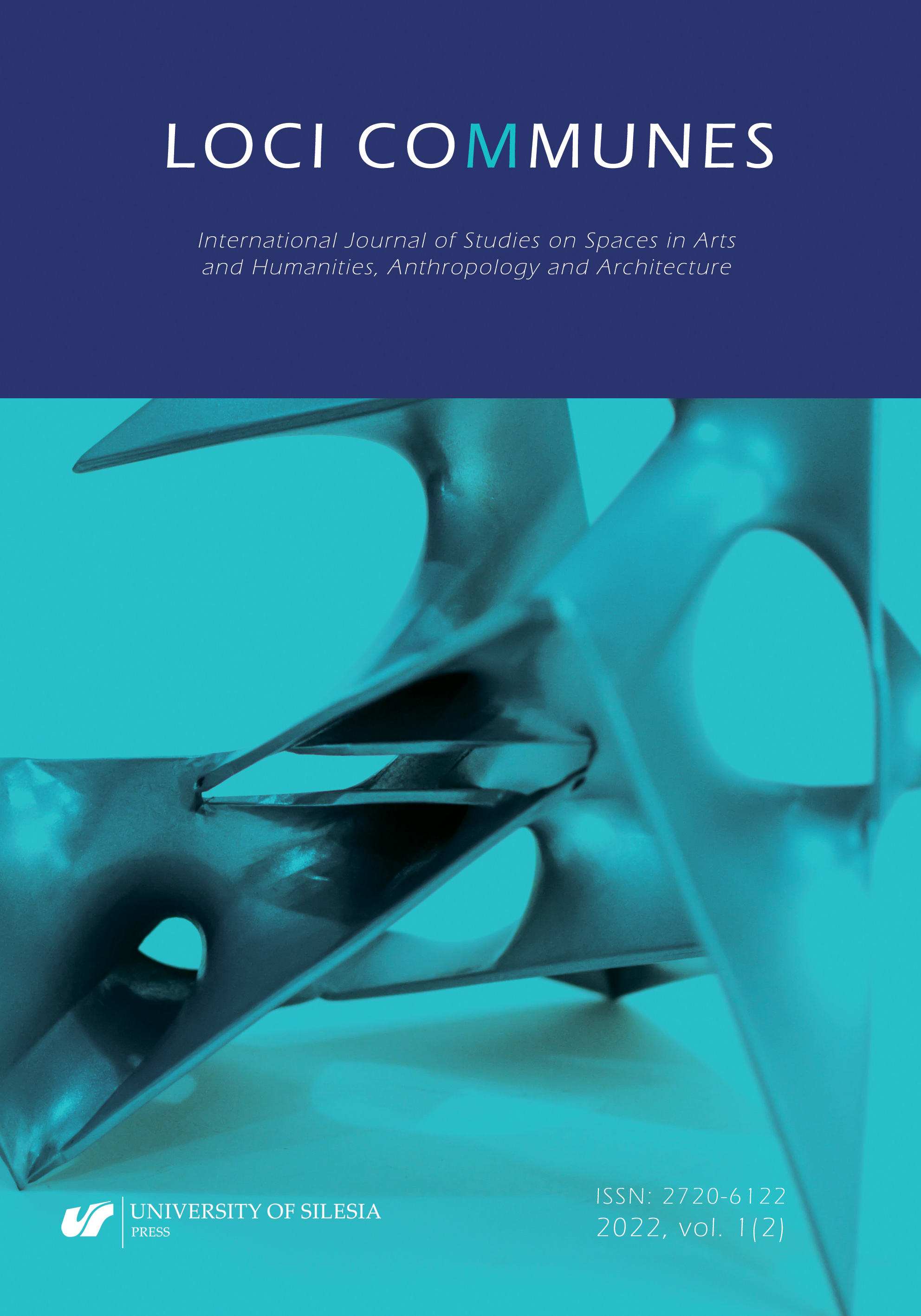Arthur, P. & Passini, R. (2002). Wayfinding: people, signs and architecture. Oakville: Focus Strategic Communications.
Google Scholar
Bond, M. (2020). Wayfinding: The Art and Science of How We Find and Lose Our Way. London: Pan Macmillan.
Google Scholar
Brunye, T. T., Mahoney, C. R., & Taylor, H. A. (2010). Moving through imagined space: mentally simulating locomotion during spatial description reading. Acta Psychologica, 1, 110–124. https://doi.org/10.1016/j.actpsy.2010.01.003
Google Scholar
Casakin, H., Barkowsky, T., Klippel, A., & Freksa, C. (2000). Schematic maps as wayfinding aids. Lecture Notes in Computer Science, 1849, 54–71.
Google Scholar
Farr, A., Kleinschmidt, T., Yarlagadda, P., & Mengersen, K. (2012). Wayfinding: A simple concept, a complex proces. Transport Reviews, 6, 715–743. https://doi.org/10.1080/01441647.2012.712555
Google Scholar
Fleischer, M. (2007). Ogólna teoria komunikacji. Wrocław: Wydawnictwo Uniwersytetu Wrocławskiego.
Google Scholar
Foltz, M. A. (1998). Designing Navigable Information Spaces. http://www.ai.mit.edu/projects/infoarch/publications/mfoltz-thesis/thesis.html
Google Scholar
Haviland, J. B. (1979). How to talk to your brother-in-law in Guugu Yimidhirr. In T. Shopen (ed.), Languages and Their Speakers. Cambridge, Mass: Winthrop.
Google Scholar
Jedynak, A. (2007). Doświadczenie i język. Warszawa: Wydawnictwo Naukowe Semper.
Google Scholar
Johnson, M. (1987). The body in the mind. The bodily basis of meaning, imagination, and reason. Chicago: University of Chicago Press.
Google Scholar
Kövecses, Z. (2011). Język, umysł, kultura. Praktyczne wprowadzenie (A. Kowalcze-Pawlik & M. Buchta, Trans.). Kraków: Universitas.
Google Scholar
Kuipers, B. (1982). The “map in the head” metaphor. Environment and Behaviour, 2, 202–220. https://doi.org/10.1177/0013916584142005
Google Scholar
Lakoff, G. (2012). Kobiety, ogień i rzeczy niebezpieczne. Co kategorie mówią nam o umyśle (M. Buchta, A. Kotarba & A. Skucińska, Trans.). Kraków: Universitetas.
Google Scholar
Levinson, S. C. (1992). Language and cognition: the cognitive consequences of spatial description of Guugu Yimithirr. Working Paper. Nijmegen: Cognitive Anthropology Research Group, 13.
Google Scholar
Levinson, S. C. (1996). Relativity in spatial conception and description. In J. Gumperz, & S. C. Levinson (Eds.), Rethinking linguistic relativity. Cambridge: Cambridge University Press.
Google Scholar
Levinson, S. C. (2003). Space in language and cognition. Explorations in cognitive diversity. Cambrige: Cambridge University Press.
Google Scholar
Luhmann, N. (2000). The Reality of the Mass Media. Stanford: Stanford University Press.
Google Scholar
Lynch, K. (1990). The image of The City. Cambridge, Massachusetts, and London: The MIT Press.
Google Scholar
Maguire, E., Gadian, D., Johnsrude, I., Good, C., Ashburner, J., Frąckowiak, R., & Frith, C. D. (2000). Navigation-related structural change in hippocampi of taxi drivers,
Google Scholar
Proceeding of the National Academy of Sciences of the United States of America, 97(8), 4398–4403. https://doi.org/10.1073/pnas.070039597
Google Scholar
Mazurek, M. & Vetulani, J. (2015). Bez ograniczeń. Jak rządzi nami mózg. Warszawa: PWN.
Google Scholar
Montello, D. R. (1993). Scale and multiple psychologies of space. In U. Frank, & I. Campari (Eds.), Spatial information theory: theoretical basis for GIS. Berlin–New York: Spinger-Verlag.
Google Scholar
Moser, M., Rowland, D., & Moser, E. (2015). Place cells, grid cells and memory. Cold Spring Harbor Perspectives in Biology, 5. doi: 10.1101/cshperspect.a021808
Google Scholar
Raubal, M., Egenhofer, M. J., Pfoser, D., & Tryfona, N. (1997). Structuring space with image schema: wayfinding in airports as a case study. In S. C. Hirtle, & A. U. Frank (Eds.), Spatial information theory a theoretical basis for GIS. Berlin: Springer.
Google Scholar
Rüetschi, U.-J. & Timpf, S. (2004). Schematic geometry of public transport spaces for wayfinding. In M. Raubal, A. Sliwinski, & W. Kuhn (Eds.), Geoinformation und Mobilitat. Münster: IfGI.
Google Scholar
Tokarczyk, P. & Frank, A. U. (2008). Systemy nawigacji dla pieszych: automatyzacja pozyskiwania danych. Archiwum Fotogrametrii, Kartografii i Teledetekcji, 18, 613–623.
Google Scholar
Whorf, B. L. (1982). Język, myśl i rzeczywistość (T. Hołówka, Trans.). Warszawa: Państwowy Instytut Wydawniczy.
Google Scholar
Whorf, B. L. (2002). Język, umysł i rzeczywistość (T. Hołówka, Trans.). Warszawa: KR
Google Scholar


 https://doi.org/10.31261/LC.2022.02.03
https://doi.org/10.31261/LC.2022.02.03

 10.31261/LC
10.31261/LC